
<a preoperative picture>

<a preoperative picture>

<수술 후 사진>
1. Motivation for hair transplant surgery
I recognized that hair loss started in my mid-30s, but I kept delaying taking hair loss drugs, and it wasn't until 10 years later that I had a hair transplant surgery.
Hair loss I expected because I had a family history, but hair loss in the crown has progressed rapidly recently, so I got counseling from a hair transplant specialist (it started with an M shape in the early stages of hair loss, and hair loss in the crown began gradually through the softening process).
2. Selection and consultation of hair transplant specialists
I chose Mo Jae-sung based on my own criteria, such as a place specializing in non-cutter surgery, a place with a competent and confident one-person director (see the review of hair loss community surgery), a place that has been open for at least five years, a place that does not promote celebrities excessively, and a place with hospitalization rooms.
On October 2nd, I visited Mo Jae-sung and filled out simple documents (personal information, Moon Jin-pyo, etc.) and met the director (I made a consultation reservation by phone on October 1st, a day ago).
You asked me if I was taking hair loss medicine, and if I hadn't taken it so far, I recommended taking it as soon as possible (I was prescribed a month's worth of Monapecia, a prosaic generic, on the day of consultation and am currently taking it).
You took a picture of the hair loss area with a camera, drew a line around the forehead, and looked at it, and you gave an estimate of 800 hair follicles in the M-shaped area and 1,500 hair follicles in the top of the head.
When transplanting 1,500 hair follicles into the top of the head, I asked if the existing hair was missing and completely cut, so you said you don't have to worry about it and confidently said it doesn't matter if you cut it partially.
After consulting with the director, I discussed the surgery schedule and cost with the consultation manager, and he said he wanted the earliest day, so he set it at 11 a.m. on October 11 (receiving a notice of precautions before surgery), and he told me to get scalp care before surgery, so I went home after receiving various care at the shampoo room.
3. Hair transplant surgery and discharge
I arrived at 10:15 a.m. on October 11 and paid for the surgery after filling out the consent form.
The operation time started at 11 a.m. and ended at 3 p.m. (4 hours in total).
A summary of the surgical procedure is as follows.
Surgical suit change -> fluid injection -> preoperative photography -> implant site design and partial cut (two block) -> Sleep anesthesia and local anesthesia -> occipital hair collection -> M-shaped hair transplantation -> occipital hair collection -> occipital hair transplantation (second) -> crown hair transplantation -> surgical site cleaning -> Postoperative photography and surgical results consultation with the director (a total of 2316 hair follicles were transplanted, and he said that hair loss drugs should be taken steadily to improve softening of hair)
The surgical posture is a posture in which you sit on a chair and lean on the front of your forehead during hair collection at the occipital region, and when hair transplantation, you lie on the operating table. It is necessary to keep the director in a floating position as much as possible so that he does not lose his concentration.
Although I hardly felt any pain due to anesthesia, the feeling of collecting hair follicles from the occipital region and planting hair on the transplant site was vivid.
Experienced directors and assistants work well together, and hair transplants are carried out very quickly (for 3 hairs in one hair follicle and thick hair, it seemed to be transplanted separately).
After the operation is over, you will be guided to the hospital room and have a late lunch (after meals, antibiotics will be taken for 5 days, painkillers will be told to take them if the pain is severe, and medicine has been paid separately).
I fasted for four hours before the operation and ate because it was past 3 p.m. because I was hungry.
Lunch boxes will be delivered to the hospital room around 7 p.m. for dinner.
One of the advantages of Rep. Mo Jae-sung is that there is an inpatient room.
The hospital room is complete with beds, blankets, pillowcases & towels, wardrobes, scrubs, slippers, refreshments (candy, tea, snacks), toilet paper, wet wipes, lotion, paper cups, gauze, gauze waste container, TV, air conditioner, cell phone charger, freezer for ice packs, small mirrors, toothbrush & toothpaste, razor, table calendar, frame, trash bin and drawer (storage), so there is no need for additional hospitalization preparations, and there is a toilet if you open the outer door. However, since the inpatient room is located in the center of the building, there is a feeling of being stuffy and trapped because there is no window.
Spray the EGF mist (embedded spray) on the transplant site every 2-3 hours after surgery.
There is little pain after surgery (a little tingling, soreness, and sting), and the swelling is a little on the forehead, so I used an ice pack to pack ice.
The laryngeal sensation is only about 50%, so it feels like a tight rubber helmet, and when I lay in bed, the soft pillow felt hard like a piece of wood.
Lying upright on the day of surgery caused a lot of occipital bleeding, so hemostasis was performed for 5-10 minutes when sprayed with gauze (in the case of a parent clinic, the occipital collection site is exposed without bandaging). There were also a lot of bleeding marks on the pillowcase, which is said to cause a lot of occipital bleeding on the day of surgery (the occipital bleeding decreases by 1/2 the day after surgery, and almost disappears the day after).
I couldn't sleep properly because I was sleeping worrying that the hair follicles implanted during sleep wouldn't be damaged.
The morning after the surgery, the shampoo room will tell you how to shampoo and disinfect (receive a notice of precautions after the surgery).
When I returned to the hospital room, I received a hip injection (not sure whether it was a swelling injection or an inflammatory injection), and I had a final check on the results of the surgery with the director.
When I was discharged from the hospital, I booked the next treatment schedule and received postoperative care products (ice pack, EGF mist, pillow fabric, gauze, etc.).
They provided me with surgical hats and beanies, but I didn't use them separately because I wore a hooded zip-up.
4. Care after hair transplant surgery
Laryngeal sensation recovered 70% at 2 to 3 days postoperative, 80% at 4 to 7 days postoperative, and 90% at 8 to 14 days postoperative.
The larynx had intermittent pain (a tingling sensation), and the itch became worse as the pain gradually decreased.
There was little pain in the transplant area, and the scalp was slightly pulled in the top of the head.
The swelling was worse on the 2nd to 3rd day after the operation than on the day of the operation, so I used an ice pack to cool down the forehead and around the eyes (be careful not to touch the transplant area). After 7 days of cold compress after surgery, the swelling completely disappeared (I ate pumpkin porridge, which is good for removing swelling, one meal a day).
EGF mist (incubation spray) was used for all 5 days after surgery (every 2-3 hours or from time to time).
For five days after surgery, shampoo was only lightly rinsed with lukewarm water, and five days after surgery, only shampoo foam was placed on the transplant and lightly rinsed with lukewarm water (buy and use a bubble maker that makes shampoo foam), and 10 days after surgery, shampoo foam was placed on the transplant, soaked for 10 minutes, and gently rubbed with palm fingerprints to remove scabs and dead skin cells (not completely removed as of 14 days after surgery).
After shampooing, the hair was completely dried and disinfected at the occipital collection site for 7 days after surgery (removing the fobidone solution on gauze, be careful not to disinfect the transplant area), and the scab began to fall from the occipital area 8 days after surgery (down 90% as of 14 days after surgery).
I wrote a few letters to help members who are considering hair transplantation at Mo Jae-sung.
I'm meeting the director for the second week of the surgery today, and I'd like to hear that the birth was very good.
I hope that the members of Daemo will also gain popularity.








 Type M1
Type M1  Type O
Type O 








![[12 months review] 1,421 hair follicles / 2,711 hair](https://image.daedamo.com/resize?url=/new/data/file/photo2/3660677808_9xYV1DiR_abe0dd6508e7330dd953eb9c92f81828c1ff6ed4.jpeg&w=800&domain=daedamo.com)

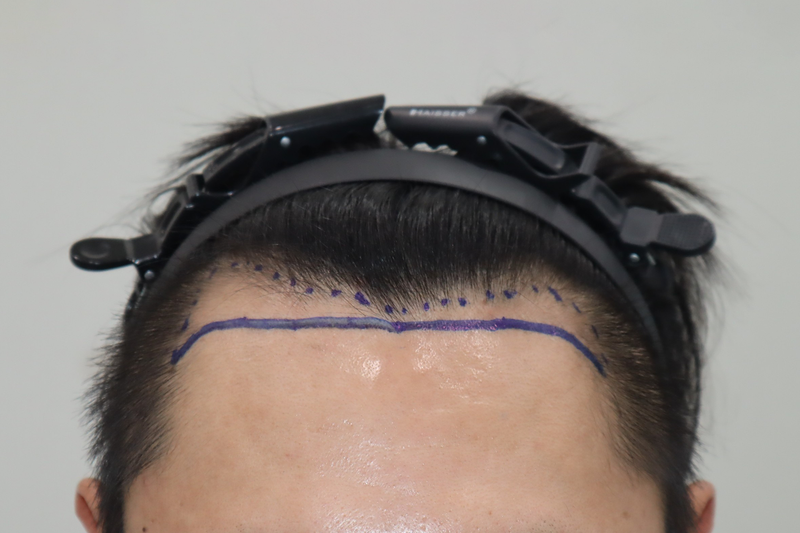
 HAIRO HAIR TRANSPLANT CENTER Jeonju
HAIRO HAIR TRANSPLANT CENTER Jeonju 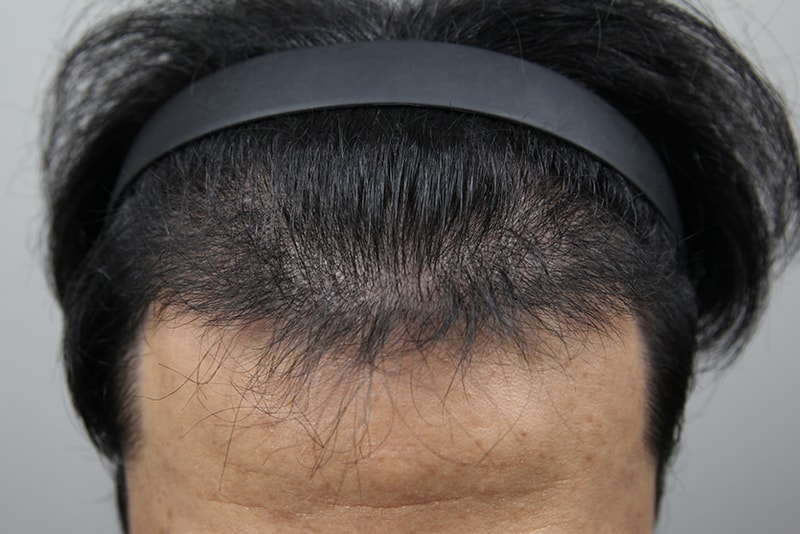
 MONARA dermatology clinic
MONARA dermatology clinic 
 FORHAIR Hair Transplant Korea
FORHAIR Hair Transplant Korea 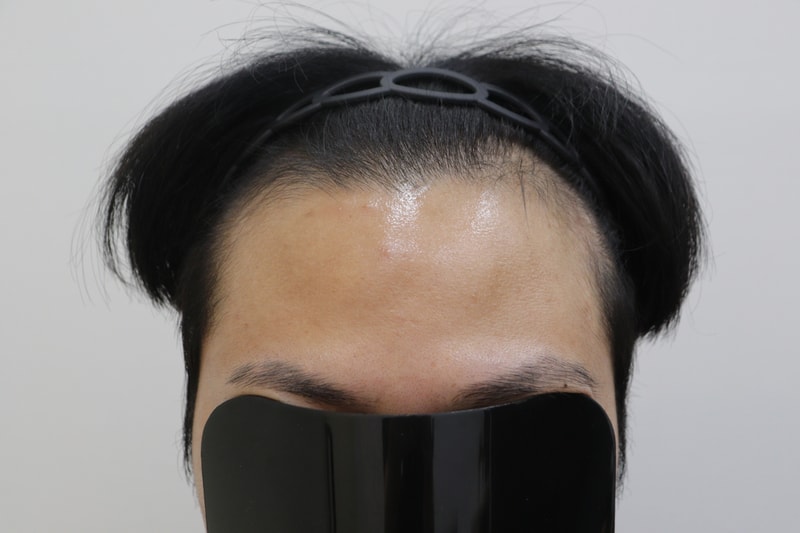
 apgujeong mobien
apgujeong mobien 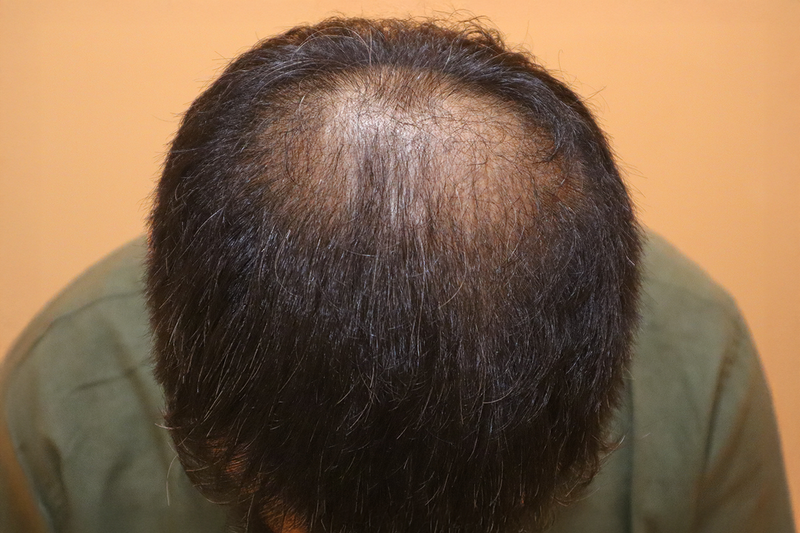
 HAIRO HAIR TRANSPLANT CENTER Busan
HAIRO HAIR TRANSPLANT CENTER Busan 
 Modi hariplant
Modi hariplant 
 MYMO HAIR TRANSPLANT CENTER Incheon
MYMO HAIR TRANSPLANT CENTER Incheon 
 Modeunmo Clinic
Modeunmo Clinic 
 Mo&Bless Hair Clinic
Mo&Bless Hair Clinic 
 Noble Line Clinic
Noble Line Clinic 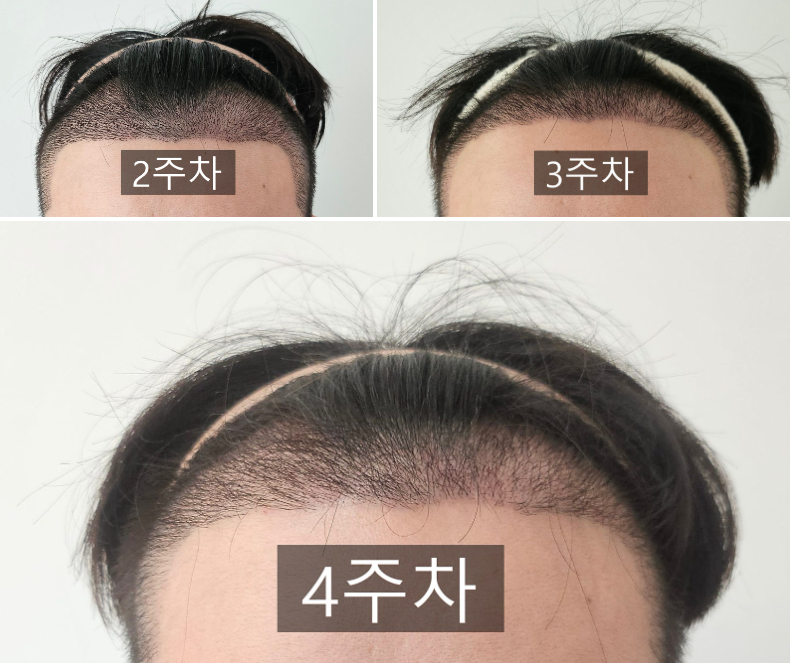
 MOJELIM Hair Transplant
MOJELIM Hair Transplant 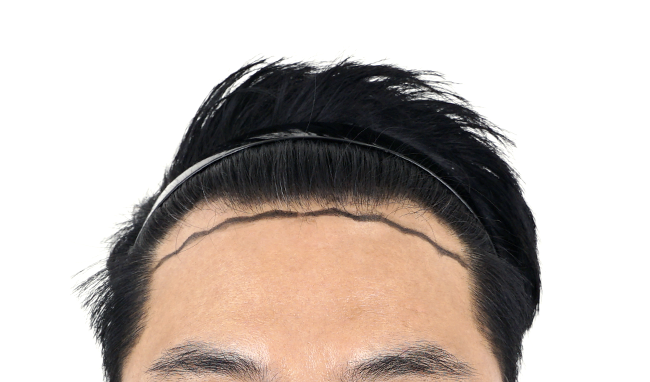
 MOMO HAIR TRANSPLANT
MOMO HAIR TRANSPLANT 
 Mammoth Hair Restoration Center, Apgujeong
Mammoth Hair Restoration Center, Apgujeong 
 Moderhamm Clinic — Hair Transplant Center
Moderhamm Clinic — Hair Transplant Center 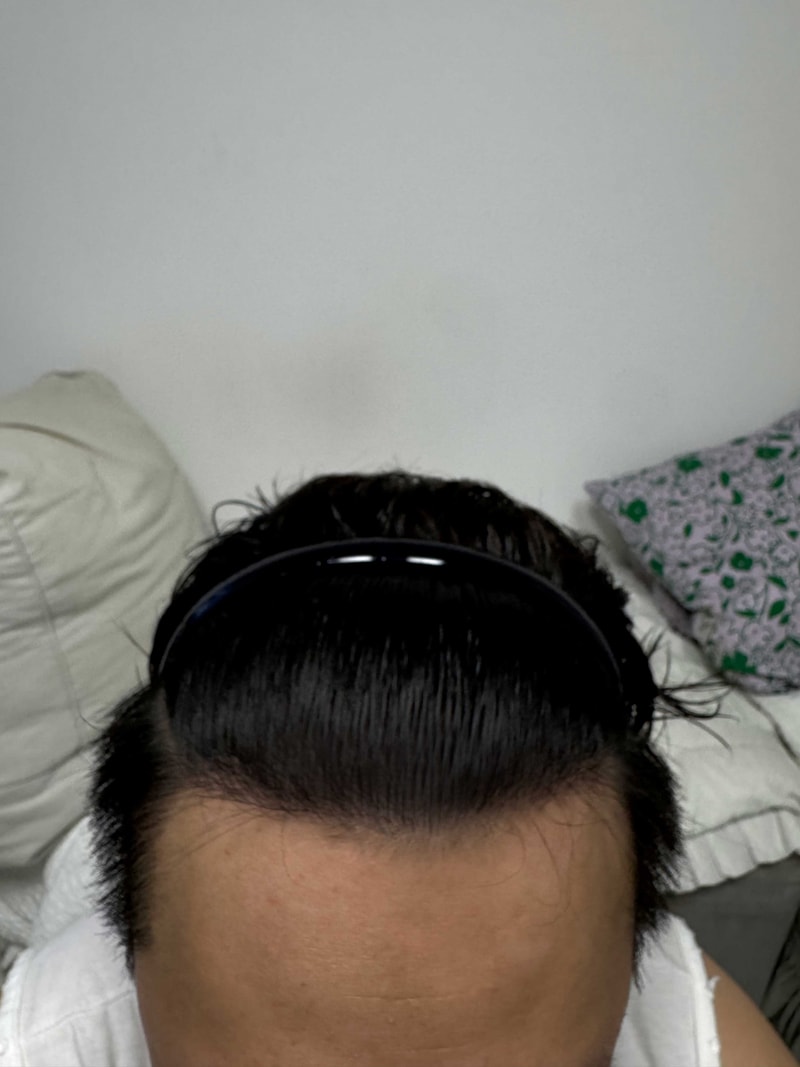
 Dana Plastic Surgery
Dana Plastic Surgery 
 WOOMCHAN Hair Transplant Clinic
WOOMCHAN Hair Transplant Clinic 
 MO.1 plastic surgery
MO.1 plastic surgery 
 NEWHAiR
NEWHAiR 
 DA Plastic Surgery
DA Plastic Surgery 
 moart clinic
moart clinic 
 Hannaeve plastic surgery
Hannaeve plastic surgery 
 Mopro Clinic
Mopro Clinic 
 Chamdoctor Hair Transplant
Chamdoctor Hair Transplant 
 GLOWELL
GLOWELL 
 MOEM Clinic
MOEM Clinic 
 MOUDA CLINIC
MOUDA CLINIC 
 Mammoth Hair Restoration Center, Busan
Mammoth Hair Restoration Center, Busan 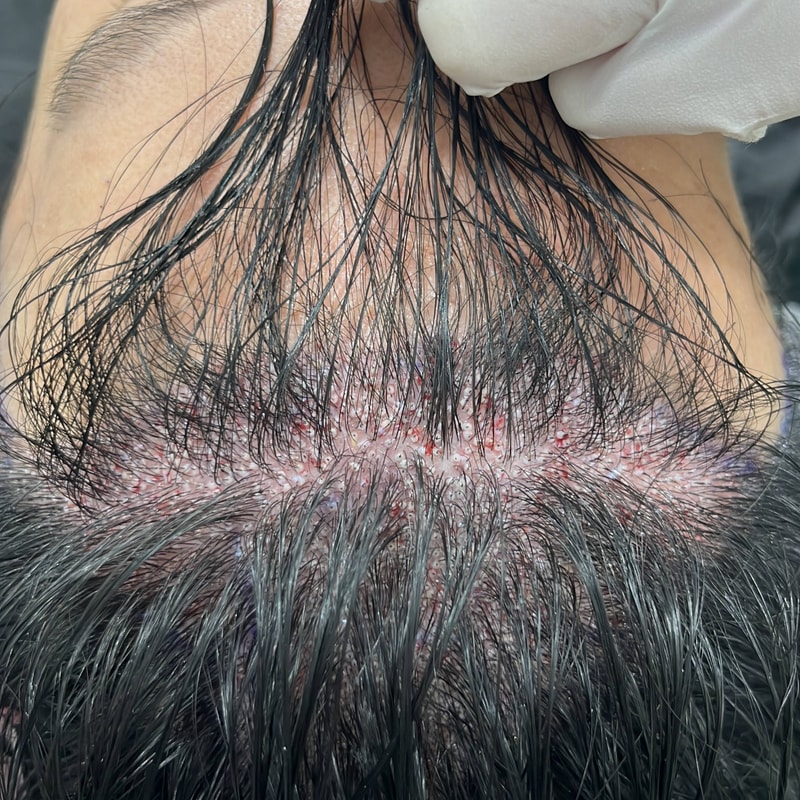
 JARADA CLINIC
JARADA CLINIC 
 HAIRO HAIR TRANSPLANT CENTER Dongtan
HAIRO HAIR TRANSPLANT CENTER Dongtan 
 Modaol Hair Transplant
Modaol Hair Transplant 
 MOBARUN HAIR SURGERY
MOBARUN HAIR SURGERY 
 HAIRO HAIR TRANSPLANT CENTER Daegu
HAIRO HAIR TRANSPLANT CENTER Daegu 
 JP plastic surgery
JP plastic surgery 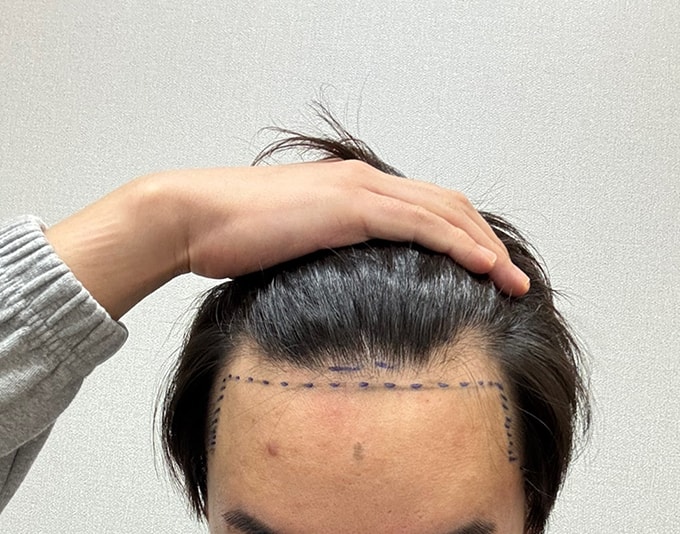
 MoPlus Plastic Surgery
MoPlus Plastic Surgery 
 Rizmo Clinic - Busan Branch
Rizmo Clinic - Busan Branch 
 Rizmo Clinic - Daejeon Branch
Rizmo Clinic - Daejeon Branch 
 Banal Plastic Surgery Clinic
Banal Plastic Surgery Clinic 
 Motion Hair Clinic
Motion Hair Clinic 
 Moment Clinic
Moment Clinic 
 Gemma Hair Transplant Center
Gemma Hair Transplant Center 
 MOAMAN CLINIC
MOAMAN CLINIC 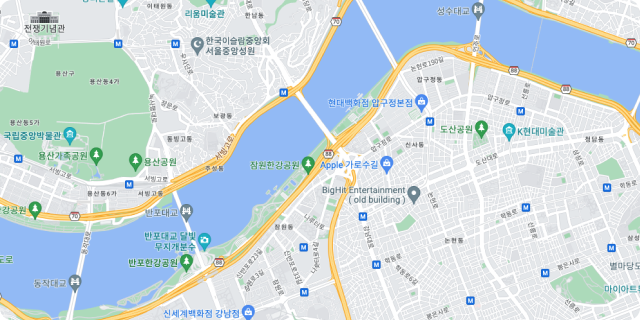
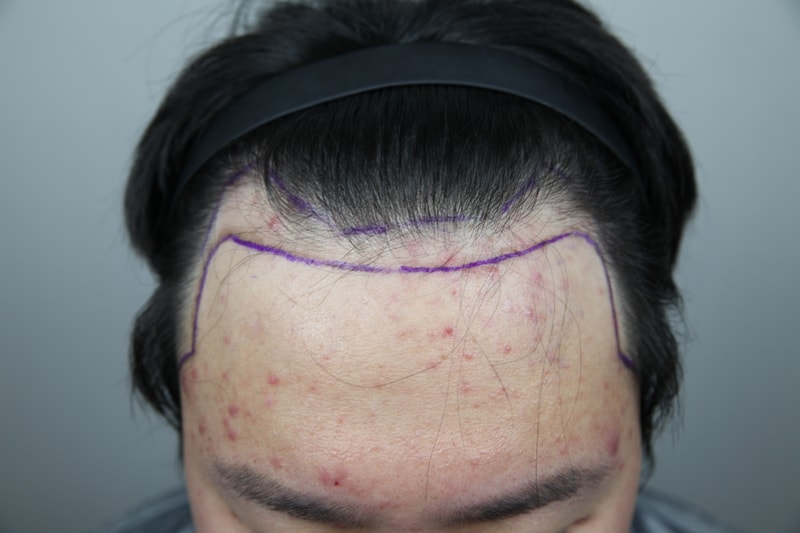




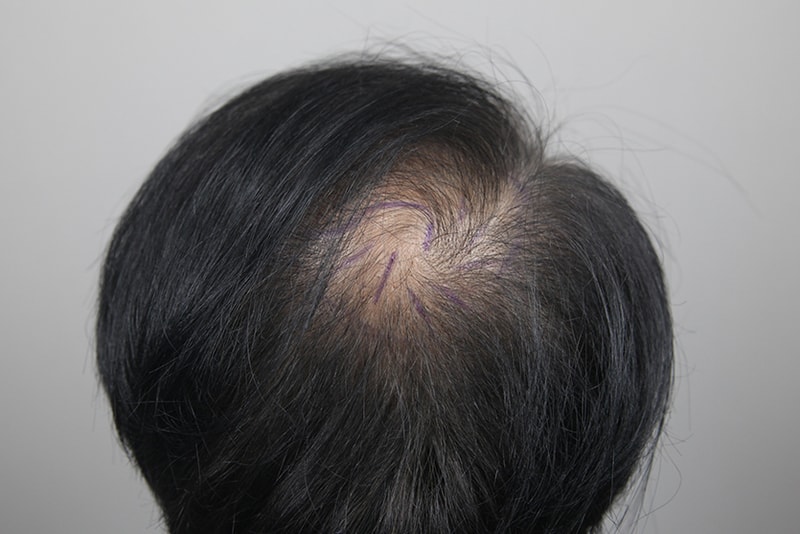









Notice
We cannot rule out the possibility that all surgical cases will be provided with support or convenience from the hospital and written in favor of a specific hospital. All plastic surgery has the potential for unexpected side effects. Please use it only as a reference. The legal rights and responsibilities of this post lie with the publisher himself.Comments 9